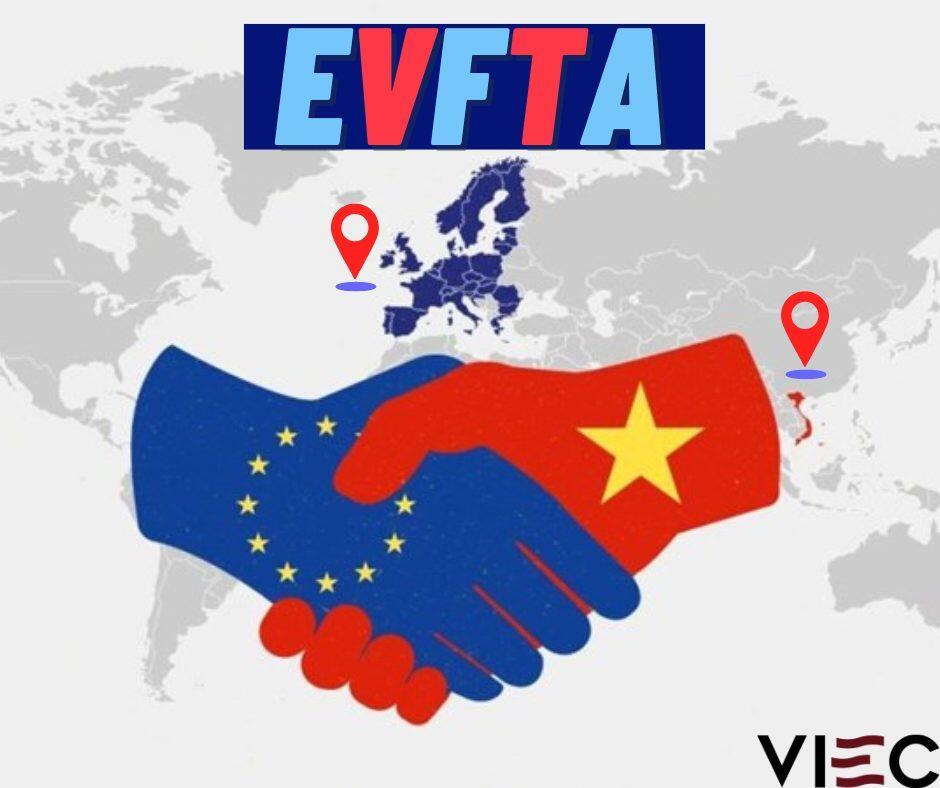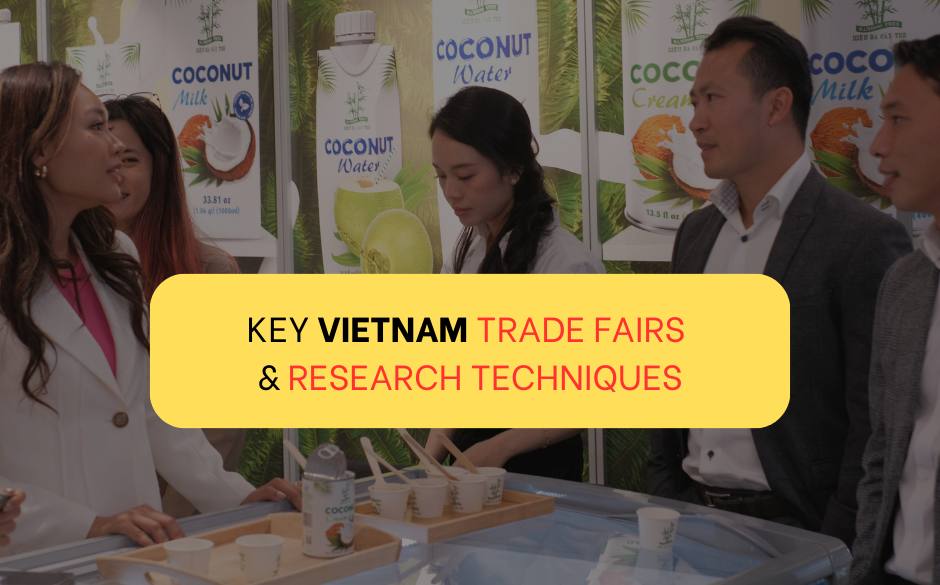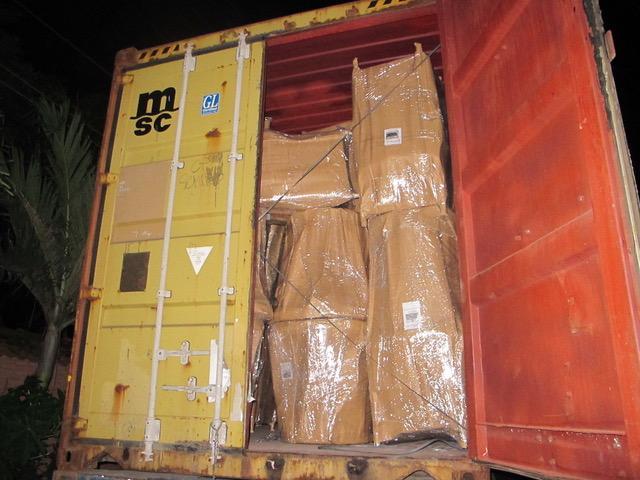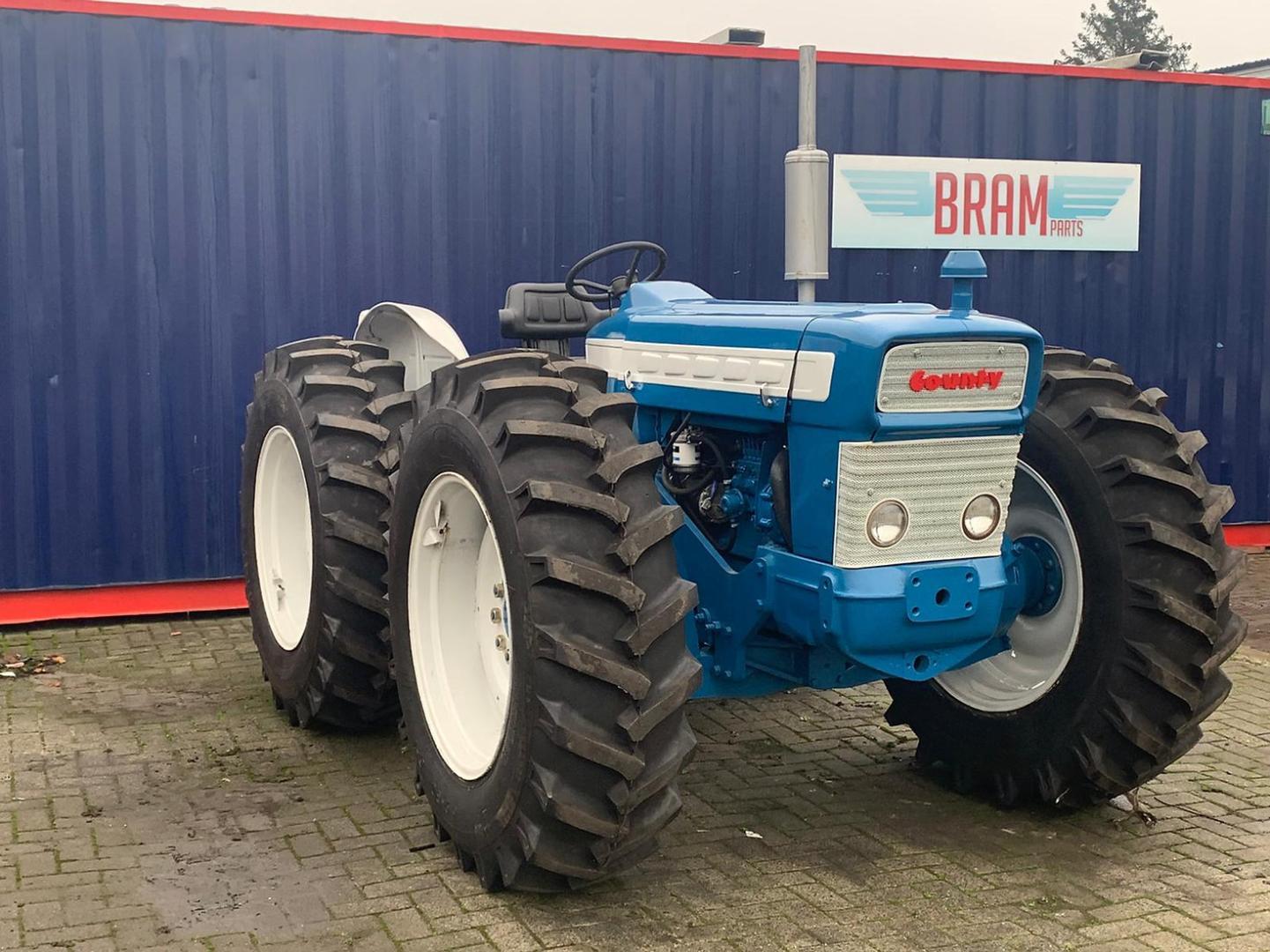EVFTA is a well-known agreement between the EU and Vietnam, although many EU businesses are still unaware of it. This blog will provide you with a comprehensive understanding of the EVFTA and how it helps the economies of these two nations in many different ways.
What is EVFTA?
EVFTA, standing for European-Vietnam Free Trade Agreement, went into effect in Vietnam on August 1st, 2020.
This agreement was signed by 28 members of the European Union and Vietnam.
Data from the European Commission show that the FTA has the potential to enhance Vietnam’s booming economy by up to 15% of GDP and raise the country’s exports to Europe by more than a third.
The government of Vietnam declared a 6.5% GDP growth for 2021, a projection that would not be possible without the EVFTA.
Regarding the EU, the agreement is a crucial first step toward a more comprehensive trade agreement with ASEAN members. (According to the European Parliament)
Contents of EVFTA
- Eliminating customs duties
Over 99% of tariffs will be eliminated as a result of the FTA.
In seven years, EU taxes will no longer exist.
Several particular examples
- After five years, the remaining exports of machinery and equipment from the EU will also be fully liberalized.
- On taking effect, about 70% of EU chemical exports will be duty-free; the remaining 30% will follow after 3, 5, and 7 years.
- Vietnam will allow most raw and processed food goods from the EU on its market:
Legalized:
- Wine and spirits (After 7 years)
No longer be subject to tax:
- Frozen pork (After 7 years)
- Frozen food preparations (After up to 7 years)
- Frozen dairy (After up to 5 years)
- Frozen beef (After 3 years)
- Moreover, the EU will do away with tariffs on several sensitive goods with a longer period (up to 7 years), particularly in the textile and footwear industries.
Although only a small number of delicate agricultural products will not be completely liberalized, the EU has granted Vietnamese exports access to tariff quotas (TRQs), including rice, sweet corn, garlic, mushrooms, sugar and sugar-containing products, tapioca starch, surimi, and canned tuna.
There are several aspects of this FTA in addition to the initial and main content described above:
- Lowering non-tariff trade obstacles for European exports
- Protection of Geographical Indications in Europe
- Allowing EU firms to compete for Vietnamese government contracts
- Establishing fair competition for EU businesses and innovative products
- Letting EU service providers enter the Vietnam market
- Encourage and safeguard investment
- Mechanism for resolving disputes in the future
- Maintain the principles of social and environmental protection
- Advancing democratic principles and upholding human rights
Main Advantages of EVFTA to the EU and Vietnam
EVFTA has several advantages for investors and traders in the EU as well as Vietnam. The agreement1’s principal highlights include the following:
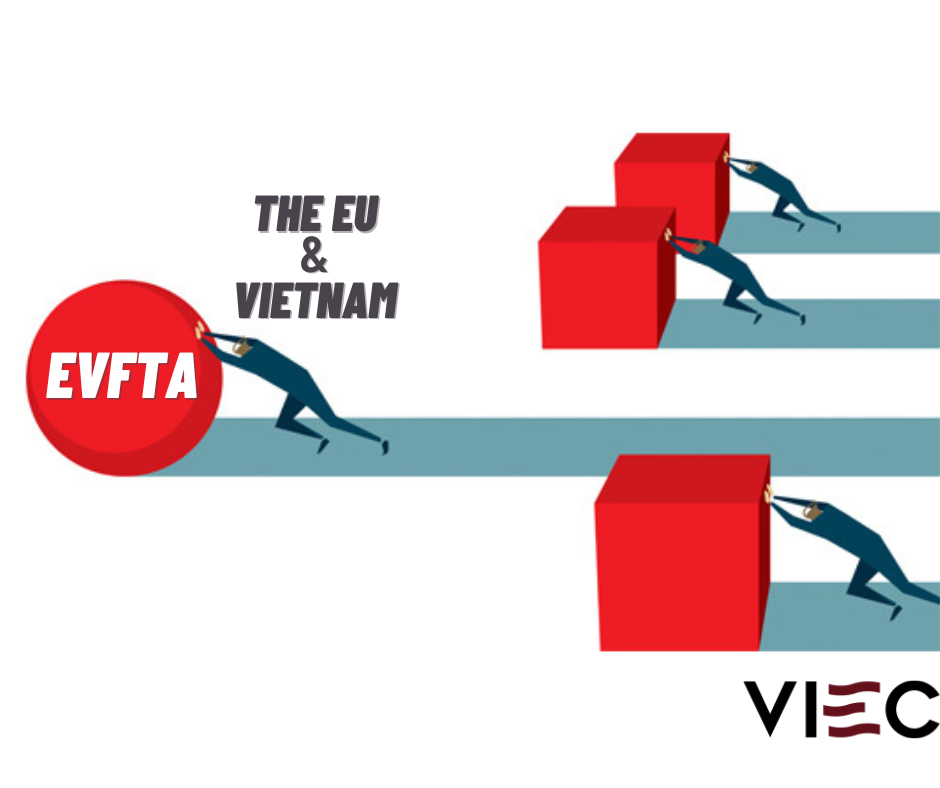
For the EU
Vietnam has agreed to provide the following tariff reductions on exports from the EU in exchange:
- Vietnam has promised to promptly reduce 48.5% of its tariff lines after the trade agreement goes into force, or around 64.5% of all import revenue.
- Vietnam will eliminate 91.8% of the tariff lines within seven years of the agreement’s implementation, which is the equivalent of 97.1% of EU export earnings.
- Nearly 99.8% of the overall import turnover will be removed after ten years, or 98.3% of the tariff lines.
- Vietnam will implement tariff-rate quotas in accordance with its WTO commitments or in accordance with a unique roadmap to reduce tariffs for the remaining 1.7% of the tariff lines.
For Vietnam’s traders: Tariff Elimination
As the top exporter of commodities from the ASEAN to the EU, they profit from the EVFTA in the following ways :
- The EU will remove around 85.6% of import taxes on Vietnamese goods after the trade agreement goes into effect, which is equal to 70.3% of Vietnam’s export earnings to the EU.
- The EU will eliminate 99.2% of tariffs within seven years of the agreement’s implementation, which is equivalent to 99.7% of Vietnam’s export earnings to the EU.
- The EU has agreed to grant Vietnam a tariff-rate quota on the remaining 0.3% of its export earnings, with the import tax rate fixed at 0% for the duration of the quota.
For the Partnership and the Economy Development between the EU and Vietnam
In addition to lowering tariffs, the EVFTA’s other chapters and rules have a significant positive impact on the ongoing relationship and cooperation between EU member states and Vietnam as well as their ability to grow the economy. For illustration:
Rules of Origin (RoO)
RoO procedures and definitions have been simplified.
Upon submission of any of the following proof of origin documents, goods originating in the European Union that are imported into Vietnam (and vice versa) shall be eligible for the tariff concession indicated in the EVFTA:
- An acceptable Certificate of Origin (CoO) that follows the Protocol
- For imports into the EU, a Declaration of Origin made in conformity with the Protocol by any exporter for consignments with a total value under € 6,000 or by any exporter for consignments with an approved exporter, regardless of the consignment’s value.
- For imports into Vietnam, a Statement of Origin prepared by exporters and recorded in an electronic database in line with the applicable European Union law.
According to this clause, the competent EU government agency must inform Vietnam that such laws apply to their exporters.
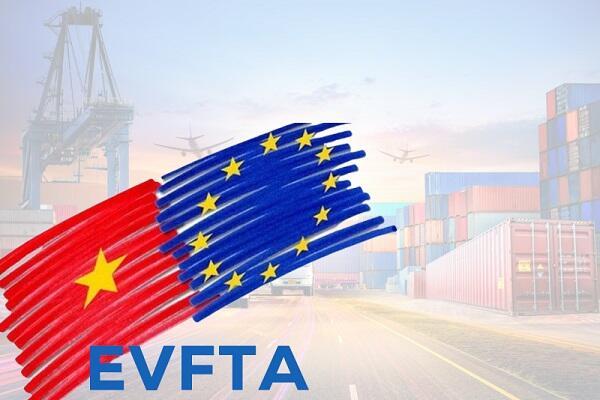
Mutual recognition of standards
The EVFTA covers a number of mutual recognitions of standards to promote trade between the EU and Vietnam, including:
- sanitary and phytosanitary measures (SPS)
- geographic indications (GIs)
- labor standards
- corporate social responsibility.
This is done to protect the health, safety, and environment of signatory members.
Investment promotion and protection
With the passage of the EVFTA, the Vietnamese government has committed to opening its economy to investments in the manufacturing industry under a number of key sectors, including:
- food and beverage products
- fertilizers and nitrogen composites
- tires and tubes
- gloves and plastic products
- ceramics
- construction materials
As a result, foreign direct investments in Vietnam will rise significantly, mainly from EU member states.
By establishing an impartial Investment Tribunal System to handle any commercial issues, a permanent investment dispute resolution mechanism would be established under the EVFTA to defend the interests of investors from Vietnam and the EU.
Intellectual property rights
Under the EVFTA, customs officials are required to actively participate in the seizure of any items suspected of violating IP rights and to work cooperatively with the right holders during the inquiry, including by giving them pertinent data for risk assessment.
The protection enjoyed by right holders in Vietnam and the EU will be further strengthened by this clause.
Vietnam’s Export Products that are Benefited from The EVFTA
1) Furniture (Export value: US$5.48 billion) (first 4 months of 2022)
2) Iron and Steel (Export value: US$5.1 billion) (first 6 months of 2022)
3) Computers, electronic products and components (Export value: US$3.11 billion) (first 5 months of 2022)
4) Seafood (Export value: US$2.4 billion) (first 3 months of 2022)
5) Footwear (Export value: US$1.8 billion) (first 4 months of 2022)
6) Textile and garment (Export value: US$1.3 billion) (first 4 months of 2022)
7) Coffee (Export value: US$900 million) (first 6 months of 2022)
8) Cashew nuts (Export value: US$290 million) (In April 2022)
9) Rubber (Export value: US$175 million) (first 11 months of 2021)
10) Vegetables (Export value: US$303 million) (in 2021)
11) Rice (Export value: US$23 million) (In the first quarter of 2022)
12) Black pepper (Export value: US$13.87 million) (in the first quarter of 2022)
Conclusion
The economy and the partnership between Vietnam and the EU have benefited greatly from the EVFTA.
Businesses will increase their trade surpluses if they take advantage of this.
However, for EU enterprises, the EVFTA is still a mystery.
Therefore, a bridge between Vietnamese and EU traders is necessary to maximize earnings for both parties.
Our organization, VIEC, has provided Import – Export Advisory services that have assisted more than 20 businesses in maximizing the benefits of EVFTA.
We will provide you with:
- Talking about tax and tariff rates
- Importance of Harmonized System (HS) Codes and import/export rules
- Product registration in the country of destination
- EAN code registration is required for your product in order to begin doing business in the destination nation.
- Advice on how to cooperate with a logistics agent, customs brokers, etc.
And many more involved, related tasks during our cooperation.

